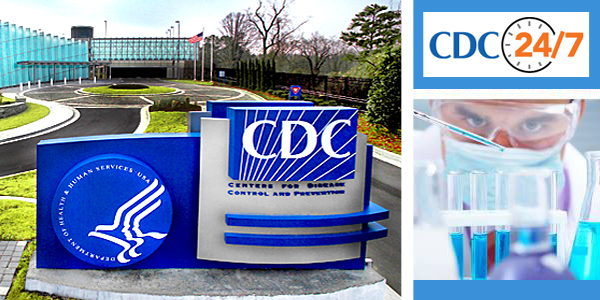CDC Principal Deputy Director Nirav D. Shah recently met with state health officials to discuss measures to protect farmworkers and distribute personal protective equipment (PPE) for avian influenza. The meeting included individuals such as public health emergency preparedness directors, state epidemiologists, state public health veterinarians, and leadership from public health partner organizations.
During the meeting, CDC requested that jurisdictions make PPE available to workers on dairy farms, poultry farms, and in slaughterhouses. They specifically recommended collaborating with their state agriculture department counterparts and community partners such as farmworker organizations to coordinate and facilitate the distribution of PPE. Shah also emphasized the importance of prioritizing the distribution of PPE to farms where a cow was confirmed to be infected with avian flu.
While the immediate risk to the U.S. public from avian influenza remains low, Shah highlighted the need for states to take action in protecting individuals with work exposures who may be at higher risk of infection. CDC has been actively engaging with state and local health departments, farmworker organizations, and public health veterinarians since the outbreak of HPAI in dairy cattle herds was first reported. They have also provided information to staff at Federally Qualified Health Centers who may care for farmworkers to ensure they are aware of the importance of PPE and how to obtain it.
Shah reaffirmed CDC’s commitment to supporting state health officials leading the on-the-ground public health response to the outbreak. CDC is offering real-time support to state and local public health officials and stands ready to deploy staff within 24 hours if requested. They will continue providing states with the latest situational information and guidance to assist in their public health response efforts.


